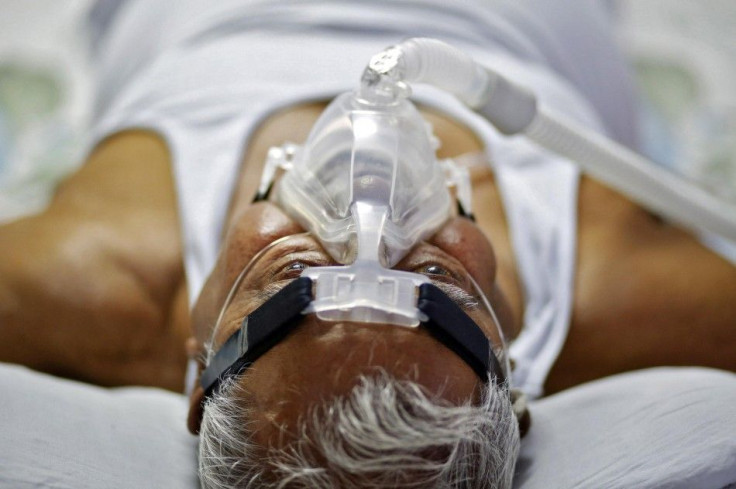Pacemaker Matching Heart Beats with Breathing

A revolutionary pacemaker, which is being developed by University of Bath and University of Bristol, synchronises heart rate with breathing. The pacemaker gives a 25 per cent increase in pumping ability, suggested the pre-clinical trials. There is hope that this device could extend the life of patients with heart failure.
Julian Paton, from the University of Bristol, while talking about the device said that they've known for almost 80 years that the heart beat is modulated by breathing but they have never fully understood the benefits this brings. The generous new funding from the British Heart Foundation will allow them to reinstate this natural occurring synchrony between heart rate and breathing and understand how it brings therapy to hearts that are failing. They are hoping that this technology can also be applied to brain research, including prosthetics , and potentially to stimulate the rebuilding of nerves following a stroke.
Dr Alain Nogaret, senior lecturer in physics at the University of Bath, said, "Using state of the art nanotechnology, the new pacemaker will respond to patients' breathing rate to increase the pumping efficiency of the diseased heart. This is a unique therapy for heart failure which will complement existing therapies for cardiac arrhythmias and cardiac resynchronisation which are addressed by existing pacemakers."
The natural beating of the human heart aren't replicated because the pulses from the new revolutionary device, that has been patented, are set at a constant rate. Synthetic neural technology is used to restore this change in heart rate with lung inflation. The working of the device involves saving heart energy, improving its pumping efficiency and enhancing blood flow to the heart muscles.
Funded by the British Heart Foundation, the project aims to miniaturise the device to the size of a postage stamp.
Dr Alain Nogaret, senior lecturer in physics at the University of Bath, noted that his team aims to develop an implant that can be used by humans within five years. Their work to develop a new type of pacemaker will significantly improve the lives of patients suffering with heart failure, both in the UK and internationally.





















